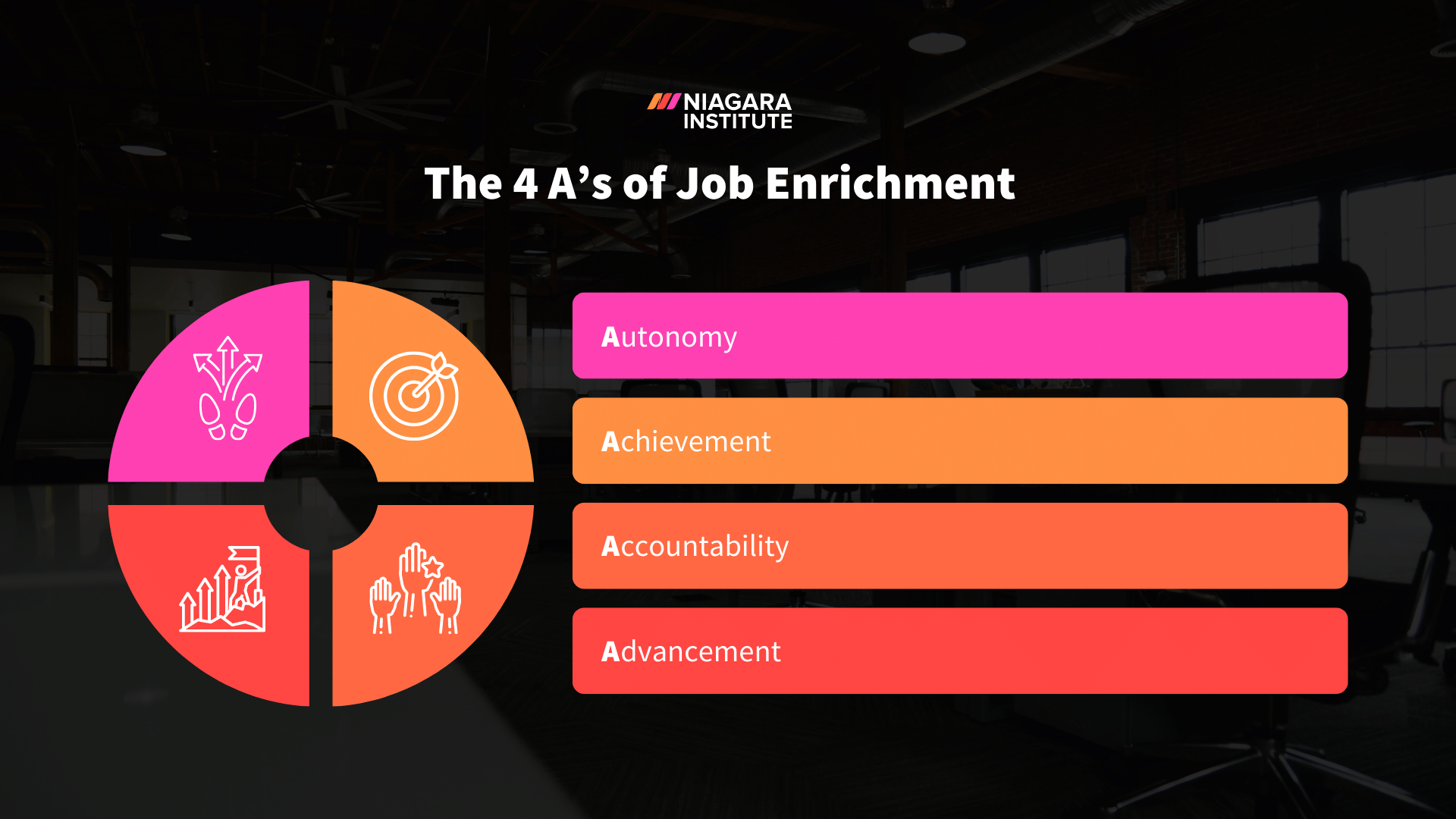6 min read
Do You Say “Good Job Team” Enough? Why Recognition Matters
A simple “thank you” or “good job team” is a powerful leadership tool. Yet, recognition and appreciation for employees and teams can quickly be...
3 min read
 Michelle Bennett
:
Aug 8, 2023 5:00:00 AM
Michelle Bennett
:
Aug 8, 2023 5:00:00 AM

“Forget praise. Forget punishment. Forget cash. You need to make their jobs more interesting.” This type of statement is one that you could easily scroll past on LinkedIn or see as the headline of a news article today. Yet, you may be surprised that this particular statement was actually on the front page of a Harvard Business Review article - from 1968.
More than 53 years have passed since that article was published, and “job enrichment” was introduced as a potential answer for those lacking motivation at work. While the concept has evolved since then, its principles are as relevant today as they were then.
Case in point: recent research has found that the top motivation for employees to perform well isn’t money or prestige – it’s meaning. And what happens when employees find meaning and purpose in their work? According to McKinsey, their performance improves by 33%, they’re 75% more committed to their employer, and 49% less likely to quit.
In the following article, we’ll review the definition of job enrichment and its history, before introducing you to the 4 ways you as a leader can enrich the jobs of your employees.
Job enrichment is defined as modifying an employee’s job to make it meaningful, rewarding, and satisfying. You “enrich” one's job by “offering [them] frequent opportunities to experience achievement, opportunities to take accountability, opportunities to be autonomous, and opportunities to learn.”
This is different from job enlargement as you are not adding any new responsibilities to an employee's workload. Instead, you are improving and adapting their current role to better suit and motivate them.
In 1968, American psychologist Frederick Herzberg’s paper, “One More Time: How Do You Motivate Employees?,” was published in the Harvard Business Review. In it, he introduced the concept of job enrichment and its connection to the Motivation-Hygiene Theory. Throughout the 1970s, the concept gained popularity and was adopted by organizations such as Volvo, Procter&Gamble, General Foods Topeka Plant, and AT&T.
Since the 1970s, when the popularity of job enrichment was at its peak, extensive research has been conducted on employee motivation. It has been found that while things like financial incentives and fancy perks at work are all strategies that organizations use to motivate employees, one strategy that is far more impactful in employees' eyes is meaningful and purposeful work.
Fortunately, as a leader, you can fill this need and motivate those in your charge by applying four job enrichment strategies based on Herzberg’s theory, which we will call the 4 A’s of Job Enrichment: Autonomy, Achievement, Accountability, and Advancement.

Granting employees autonomy isn’t always easy, and it requires you to have a great deal of trust in your employee’s judgment. However, autonomy can be a powerful motivator as it gives employees a sense of control and ownership over what they work on, when they work on it, where they work, and how they go about it.
The key is to thoughtfully choose who you grant autonomy to and over what. For example, if you have an employee whose judgment you trust and who has a strong track record of success, you might consider granting autonomy and control over things like their schedule or resources.
For some employees, there is nothing more motivating and satisfying than the sense of accomplishment at work. According to McClelland's Human Motivation Theory, this person “needs challenging, but not impossible, projects, and thrives on overcoming difficult problems or situations.” They also thrive when they connect with their leader and receive constructive feedback, recognition, and praise from them. Using reward power effectively, leaders can motivate these employees by providing opportunities where they can experience a strong sense of pride, accomplishment, and achievement. This approach not only enriches their jobs but also enhances their overall engagement and productivity.
According to Herzberg’s theory, “employees will be more motivated to do their jobs well if they have ownership of their work. Doing so requires giving employees enough freedom and power to carry out their tasks so that they feel they ‘own’ the result.” In other words, you need to give them greater accountability and responsibility. For example, you may consider including your employees in certain decisions or having them participate in a project from start to finish so they can see the full impact of their contributions.
In 2021, ATD reported that 76% of employees want opportunities for career growth and 74% are willing and ready to learn new skills. Yet, 59% report not receiving any workplace training and that most of their skills were self-taught. If you want to motivate your employees, you need to provide them with opportunities for learning, growth, and advancement. Typically this includes things like training, professional coaching, stretch assignments, and job rotations.

6 min read
A simple “thank you” or “good job team” is a powerful leadership tool. Yet, recognition and appreciation for employees and teams can quickly be...

14 min read
Employee retention has always been an important topic. However, lately, with the fallout from the pandemic, the great resignation, and the great...

14 min read
Motivation is the driving force behind employee performance and productivity in any organization. Understanding what motivates your employees will...